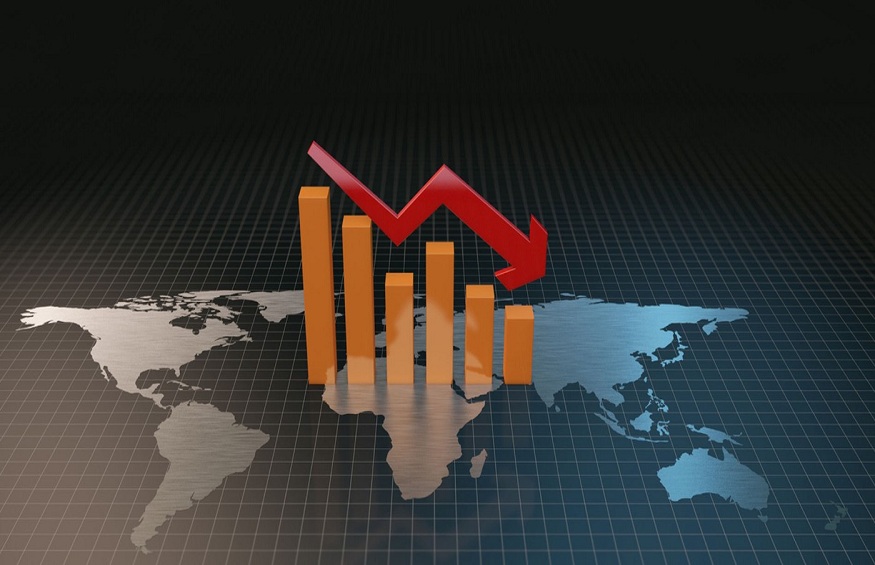Global economic activity is sharply decelerating. There are many reasons for it, starting from the Russian Federation’s invasion of Ukraine to monetary policy tightening to contain high inflation. Less favorable financial conditions in the world market is also a major factor. Kavan Choksi mentions that as per the latest Global Economic Prospects report, global growth shall slow from 2.9 % in 2022 to 1.7 % in 2023. Concerns related to rising geopolitical tensions, financial stress and tight monetary policies will have a major impact on the market in 2023.
Kavan Choksi provides a 2023 outlook for emerging market and developing economies
In 2023, policymakers must prioritize reforms supporting long-term growth prospects to mitigate the impact of recent negative shocks, as well as promote a strong and inclusive recovery. The world economy is set to grow at the third weakest pace in almost three decades in 2023, overshadowed only by the recessions caused due to the global financial crisis and the Covid-19 pandemic. Growth has slowed to such an extent that the global economy is pretty close to falling into recession, which is essentially defined as a contraction in annual global per capita income. A number of economies around the globe are undergoing a period of pronounced weakness. The resulting spillovers of these conditions are essentially exacerbating other headwinds faced by EMDEs or emerging market and developing economies.
Growth prospects have worsened substantially for EMDEs, with the forecast for 2023 downgraded by 0.8 percentage points to a subdued 3.4 %. Such downward revision is attributed majorly to tighter financing conditions and weaker external demand. Downgraded to growth projects imply that EMDE activity might fall even below its pre-pandemic trend. The per capita income growth is also expected to be the slowest where poverty is highest.
Kavan Choksi mentions that global inflation has been pushed higher by demand pressures, including supply shocks and earlier policy support. The disruptions to both global supply chains, as well as the availability of key commodities have played an important part in the situation. However, inflationary pressures have started to abate, thereby reflecting softening of demand and easing of commodity prices. It is important to note that even though inflation is likely to moderate gradually through 2023; high core inflation in many nations has been unexpectedly persistent.
There are model simulations featured in the Global Economic Prospects report for assessing the two downside scenarios for the global economy. In the first situation, tightening of monetary policy by the central banks is more than expected, leading to global GDP growth falling to 1.3 percent in 2023. The policy rates are even more restrictive in the second situations, causing major financing difficulties across EMDEs and leaving the world in recession. The overlapping negative shocks of the last three years have weighed on investment, which is set to experience a feeble recovery. Putting a focus on structural reforms to stimulate investment and safeguarding safeguard the global commodity trading system is important at the moment to mitigate the risk of global recession and make the situation relatively stabilized.




